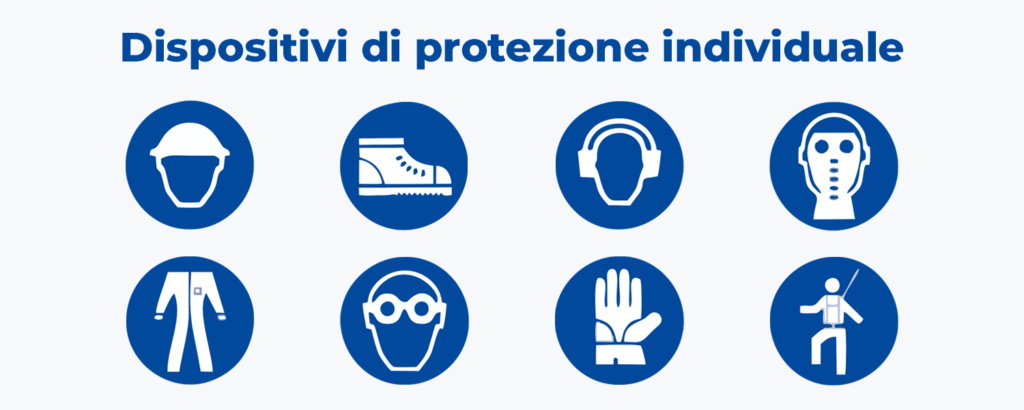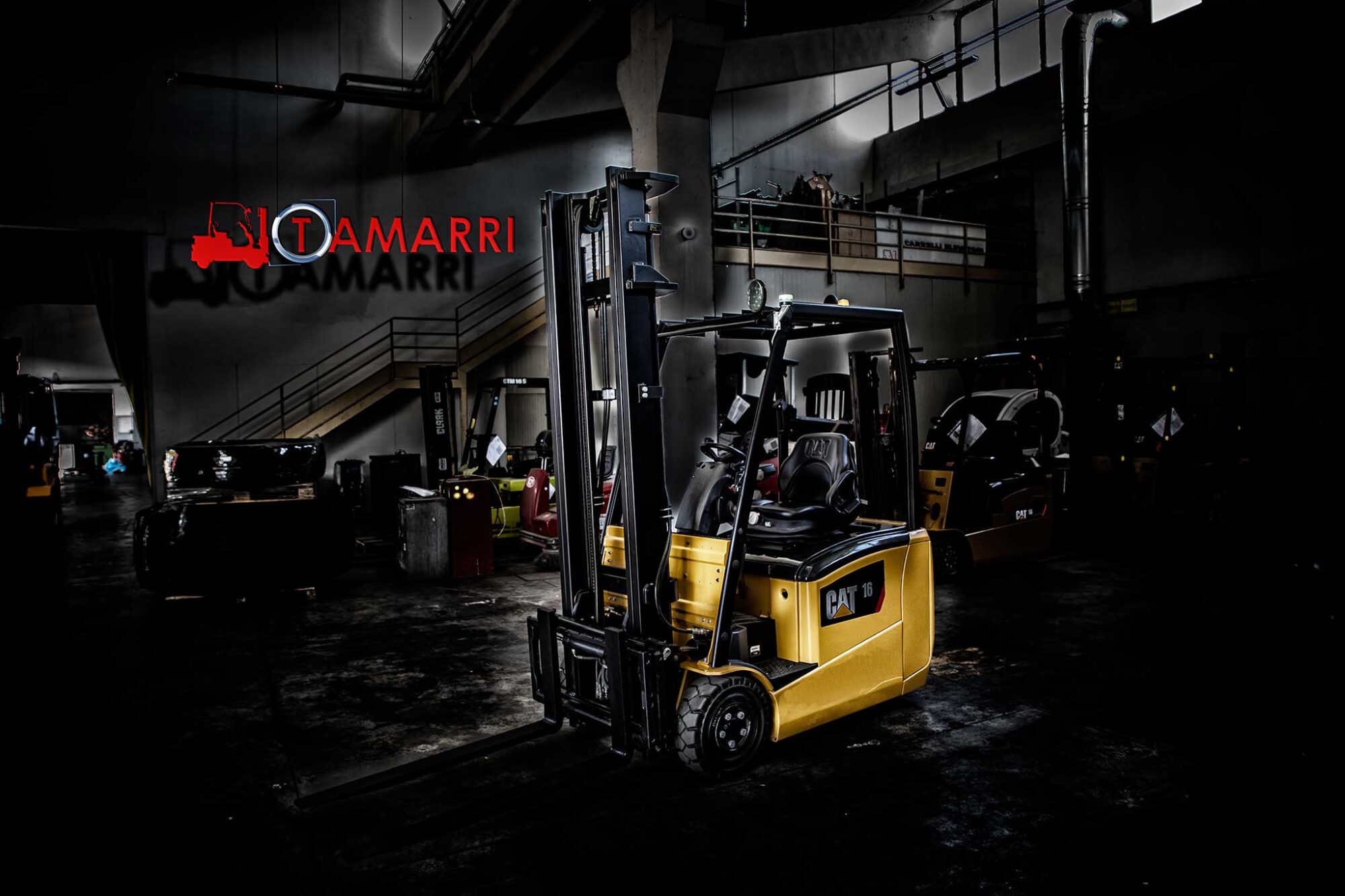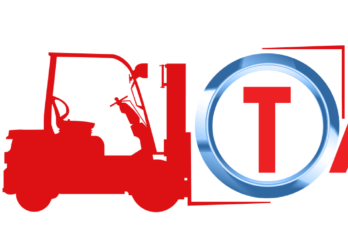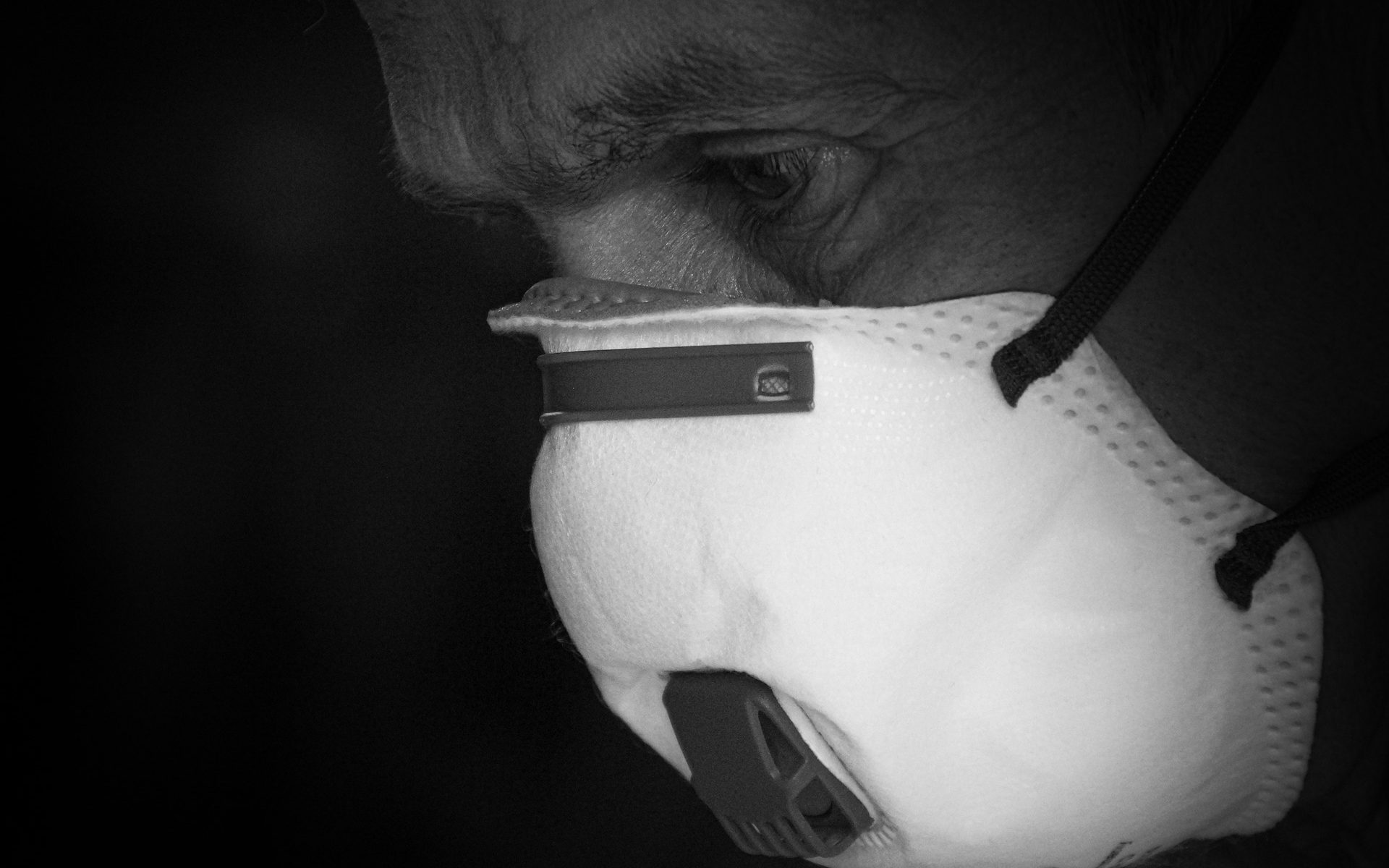In times of the coronavirus there is a lot of talk about personal protective equipment (PPE) but the legislation, in reality, has provided for these protective measures for several years, including masks

PPE, Personal Protective Equipment, is all the equipment or the instruments intended to be worn or otherwise carried by workers in order to protect themselves from the risks that the tasks in their jobs entail.
This concept is clearly expressed by the Consolidated Law on Health and Safety at Work, Legislative Decree 81/08 which in art. 74 paragraph 1, shows: any equipment intended to be worn and kept by the worker in order to protect himself against one or more risks likely to threaten his safety or health during his work, as well as any item or accessory intended for this purpose.
PPE, when they are to be used
Essentially, PPE should be used if it is not possible to adopt more effective safety measures in the workplace to prevent the degree of risk. The use of PPE is therefore subject to prior risk assessment and therefore the impossibility of adopting appropriate measures.
The employer has the obligation to choose those he considers most appropriate and suitable for the protection and health of his collaborators, as well as for himself of course.
Minimum requirements and labelling of PPE
An individual protection device cannot be lacking in comfort, ergonomics, harmlessness and sturdiness, it must respond perfectly to the tests and fall within the standards set by the European legislation regarding the testing of work equipment.
The labelling relating to these devices must also be complete and must not lack this information: name of the manufacturer, product code, certification (EC mark), protection class EN reference standard.
In addition, all PPE must be accompanied by the information note on use, instructions for storing the instrument, method of use, cleaning and maintenance, and the expiry date.
The categories of Personal Protective Equipment
I DPI sono suddivisi in tre grandi categorie, di prima, seconda o terza:
Le categorie dei Dispositivi Protezione Individuale
I DPI sono suddivisi in tre grandi categorie, di prima, seconda o terza:
PPE is divided into three main categories, first, second and third:
First Category:
These are devices designed to protect workers who do jobs with minimal risk. The worker needs to define the necessary level of protection, such as the choice of work gloves rather than gardening ones or sunglasses.
The equipment assigned to this category must be accompanied by a simple declaration of conformity by the manufacturer and signed with an EC marking.
Second Category
Individual protection devices belong to this category, which, trivially, belong neither to the first nor to the third category.
For this category, the manufacturer is required to submit a certified copy of the PPE produced to the Notified Body, therefore the Notified Body will issue an EC certification with which, in turn, the manufacturer will mark the instrument and will complete the equipment with the relative information note for use.
Third Category
PPE belonging to this category are also known as lifesavers, in fact they are those instruments designed to protect against fatal risks, even in the long term such as exposure to asbestos. These devices include those designed and built to protect the respiratory tract (FFPP 1, 2 or 3) and anti-fall devices.
In the third category PPE group there are all the tools capable of protecting the worker from serious or permanent damage to his health and from the risk of death.
This personal protective equipment is useful for protecting the head from the risk of accidental impacts, the eyes and face from splinters, sparks and processing residues (such as shavings), the body from electrical risk (electrocution or electrocution), from temperatures above one hundred degrees, from falls from a height (life lines, harnesses, valances, etc.).
Conclusion
Whether they are more classic devices or newer and more modern, such as our GoodVibER device for social distancing, it is essential that all these fundamental safeguards are certified, safe, reliable and periodically checked.


